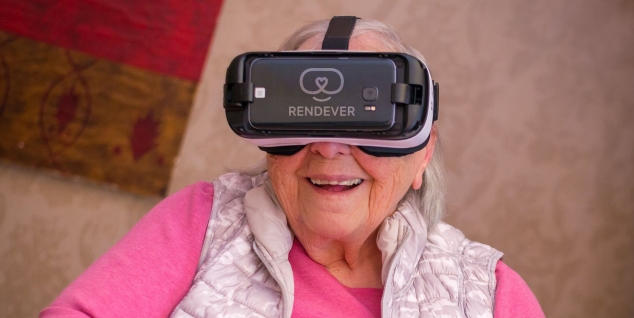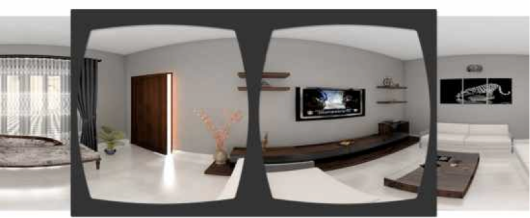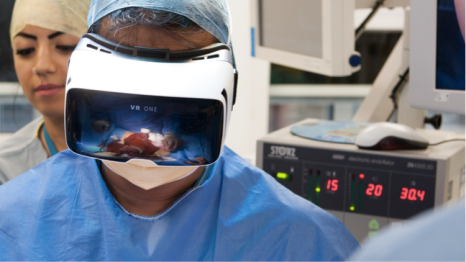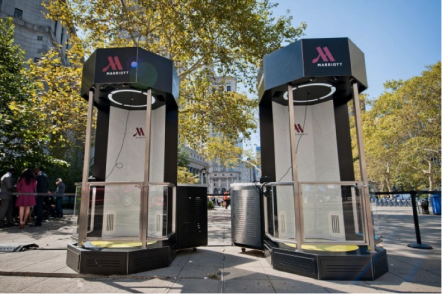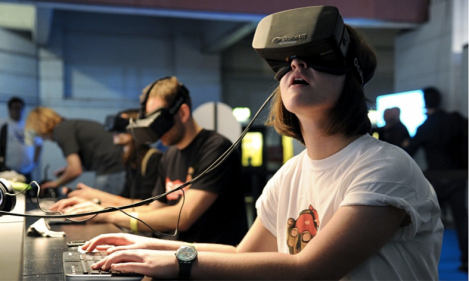
Around the same time I wrote my first blog post about setting personal goals, I wrote down a goal of attending a top MBA program within the next two years. Having been accepted to both MIT and Wharton, I am proud to say my persistence paid off. Applying to business school was no easy task and required a significant amount of commitment and perseverance. From when I first started studying for the GMAT through writing my essays, completing applications and interviews, the process took me over 7 months. While the application process was difficult, choosing between these schools, while it’s an awesome problem to have, has been quite challenging for me. On the one hand, Wharton the first collegiate school of business and bears a highly prestigious brand name in the financial and business realm. On the other hand, MIT has one of, if not the most, recognizable names in technology and entrepreneurship. After spending a significant amount of time networking with alumni and current students from both schools, it’s apparent that the schools are quite different from each other. I want to start a company during or shortly after school and as the disparities became more evident, my choice to attend MIT became clear. Specifically, I will highlight three aspects of MIT that stand out to me.
- Focus on Entrepreneurship and Technology
The first and perhaps most important aspect that draws me to Sloan is the focus on entrepreneurship. While Wharton seems to have a growing presence, using Warby Parker as its poster child, MIT is leader in the space.
“A recent study suggests that living MIT alumni have created more than 25,800 currently active companies that employ about 3.3 million people and generate annual revenues of $2 trillion — producing the equivalent of the eleventh-largest economy in the world.”
MIT’s motto “Mens et Manus,” or “Mind and Hand,” plays an integral part in forming an ecosystem that promotes innovative thinking. Sloan offers an Entrepreneurship and Innovation (E&I) track, which has extensive course offerings that allow students to gain hands on learning (more to come on this) with projects and companies of all sizes and stages. The entrepreneurial culture extends far beyond startups, encouraging all students to think of innovative approaches of tackling real world problems. Entrepreneurship is really a mindset at MIT and one that the school instills in all of its students.
Both schools offer entrepreneurship centers and while I was not able to check out Wharton’s, I can say the MIT’s Martin Trust Center for Entrepreneurship comes straight out of The Social Network. The building is filled with breakout rooms with white boards full of newly brainstormed ideas, teams working on exciting projects and professors mentoring students. Walking through the first floor, I could feel the pulse of the collaborative thinking and ideas being generated. MIT also hosts the renowned MIT 100K Competition, which contrary its name, touts over $350K in cash and prizes. Beyond the extensive entrepreneurship resources, as the unabbreviated name would imply, Massachusetts Institute of Technology offers the most highly regarded engineering and technology programs in the world. The bottom line is MIT is the place to be for anyone interested in entrepreneurship and technology.
- Collaborative Culture
The second key component that MIT uniquely offers is its collaborative culture, which I was able to witness first hand. Wharton is Wharton – not UPenn Wharton, while Sloan is MIT Sloan and often times just MIT business school. While this may seem menial, its demonstrative of the culture each school possesses and I believe there is a lot to be said about MIT’s cross campus integration. MIT has made a significant effort to create an environment where students can learn from each other both within and across all of the programs MIT has to offer. I spoke with David Birnbach, a lecturer at MIT who was enthusiastic about the direction in which Sloan is heading as the schools are making a concerted effort to connect MBA students with students from other programs, creating an opportunity for cross-pollination of ideas and resources. The ideas coming out of the undergrad and engineering schools are vast, but many of the individuals behind these ideas lack business acumen, which is where David believes the integration of Sloan and the other schools has and will create opportunities to translate innovative technologies into successful companies. Additionally, with a class size of approximately 400 versus over 900 at Wharton, MIT offers a smaller community where its likely you’ll cross paths with the majority of your peers, which students and alumni argue is a major driver for the collaborative nature within Sloan.
- Experiential Learning
The last major factor I put significant value on is the concept of Action Learning. MIT was a pioneer in the field of experiential learning, which promotes learning by doing, offering opportunities for students to apply classroom lessons directly in the field. E-Lab (Entrepreneurship Lab), for example, is a project-based action learning course, in which teams of students from MIT and Harvard are matched with founding teams of high-tech startups on projects of strategic importance to the venture. Wharton has slightly similar offerings through the Global Molecular Courses, however, MITs are more focused on the integration of learning through classroom theory and real-world practice. Many of the entrepreneurship classes such as New Enterprises, Product Design and Development, and Innovation Teams offer a unique learning environment where students work through each class designing and implementing various aspects of starting a company. Rather than solely focusing on case studies, Sloan offers opportunities for students to get direct hands on experience, which for me, is important as I look to attain a basket of resources to better prepare me to launch my own endeavor (if I don’t do so during one of these classes!).
Wharton is obviously one of the most prestigious and well-known MBA programs in the world, which is why my decision was not an easy one. However, after researching the programs, beyond just rankings, it’s clear that MIT Sloan is the best program for what I want to do – start an innovative company. In addition to the more substantial reasons above, Boston is by far a better city to live in than Philly. Sure Philly is accessible to NYC, but so is Boston and more importantly, Boston has the type of macro resources to support this sort of entrepreneurial ecosystem including a large and growing technology and venture capital presence.

